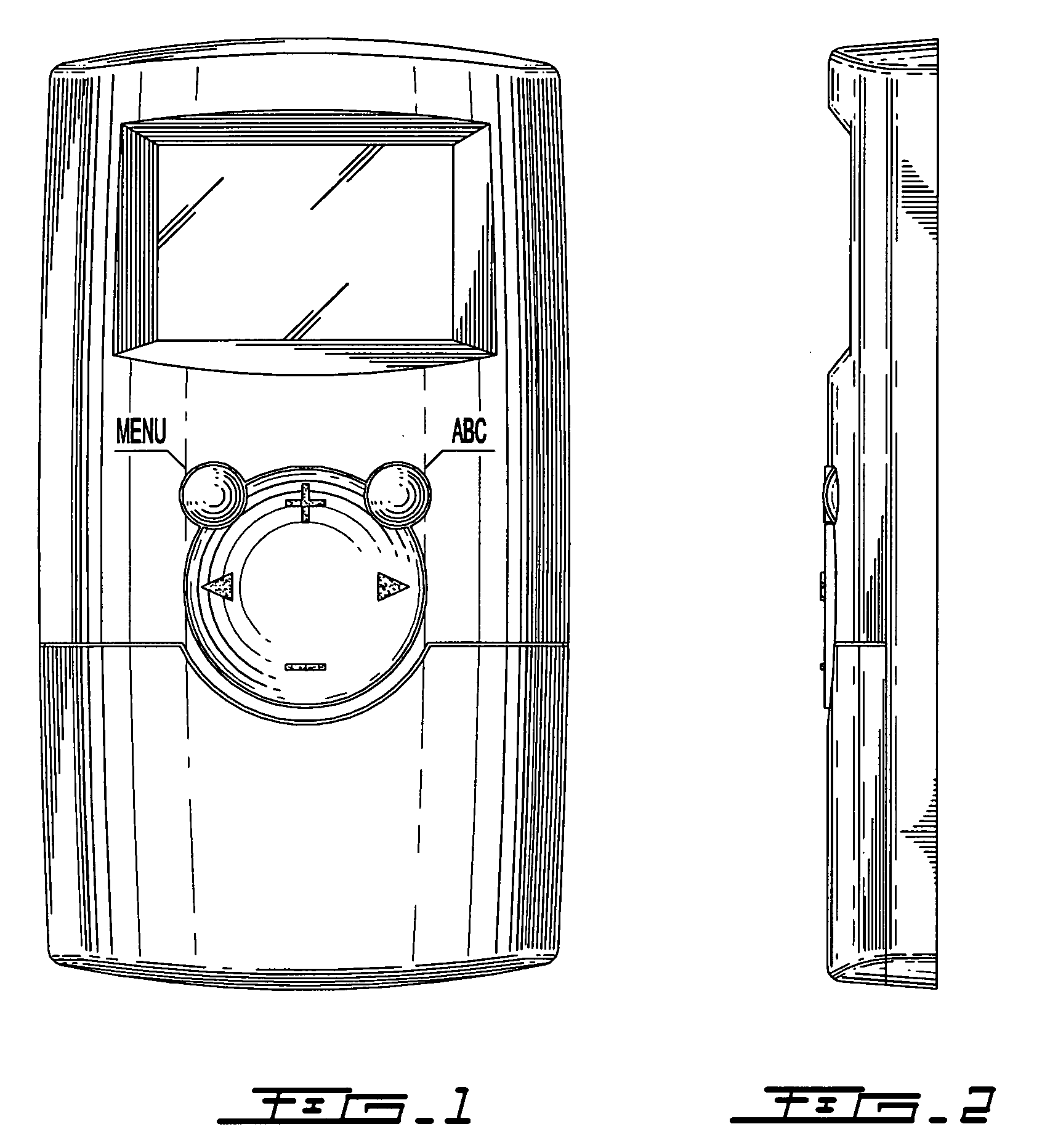Irrigation controller
- Summary
- Abstract
- Description
- Claims
- Application Information
AI Technical Summary
Benefits of technology
Problems solved by technology
Method used
Image
Examples
Embodiment Construction
[0037]FIG. 1 illustrates in block diagram form an irrigation controller 10 programmable by a user for selectively turning on and off a set of sprinkler valve stations 12. The irrigation controller 10 shown in the drawings is connected to four sprinkler valve stations. However, it is within the scope of the invention to have irrigation controllers connected to any suitable number of sprinkler valve stations 12, including a single valve station 12, among other possibilities.
[0038] In a specific embodiment of the invention, shown in FIG. 2, the irrigation controller 10 includes a controller housing 14. An irrigation control processor 16 and an input device 18 are mounted in the housing 14. In some embodiments of the invention, the irrigation controller 10 further includes a display device 20 mounted in the housing 14. However, in alternative embodiments of the invention, one or more of the processor 16, input device 18 and display device 20 are provided outside of the housing 14.
[003...
PUM
 Login to View More
Login to View More Abstract
Description
Claims
Application Information
 Login to View More
Login to View More - R&D
- Intellectual Property
- Life Sciences
- Materials
- Tech Scout
- Unparalleled Data Quality
- Higher Quality Content
- 60% Fewer Hallucinations
Browse by: Latest US Patents, China's latest patents, Technical Efficacy Thesaurus, Application Domain, Technology Topic, Popular Technical Reports.
© 2025 PatSnap. All rights reserved.Legal|Privacy policy|Modern Slavery Act Transparency Statement|Sitemap|About US| Contact US: help@patsnap.com



